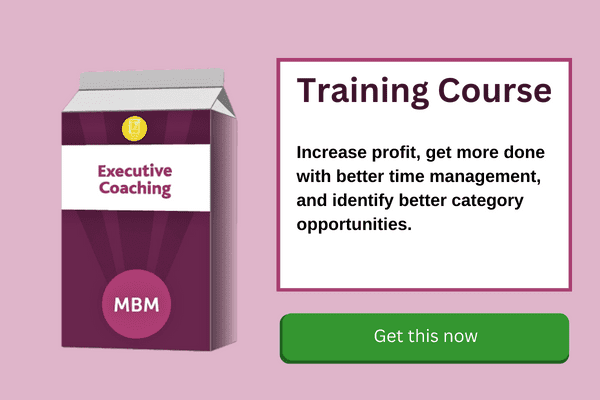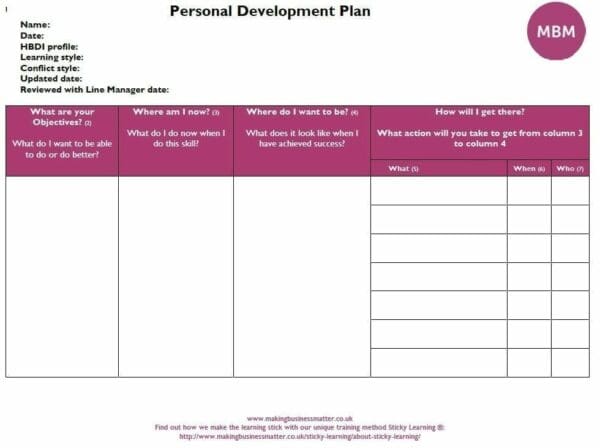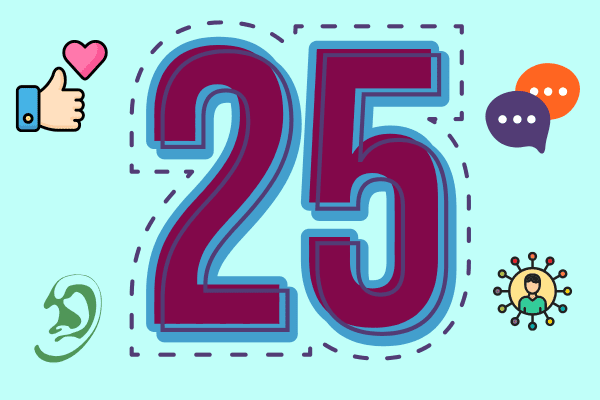A Competency Framework?
This blog should help you to understand what a Competency Framework is. In particular, it will seek to clarify what Competent, Competence, and Competencies mean — all within the scope of the learning and development environment in the workplace.
Below you will also be able to download your free Competency Framework pack.
Defining Competence
‘Competence’ in its Chambers Dictionary definition is the “ability to do something successfully or efficiently”. Employers set out a description of competence for most roles within a company. This definition is to enable employees and employers to understand what it means to be competent in any given role. For an employer to define capability for a role, they have to write a competency framework. The framework will enable the suitability and capability to be identifiable.
A framework, for example, Time Management, defines the competence of a particular skill. By using frameworks to determine competency, you can manage employees and teams much more cohesively and effectively. In short, these are skill proficiencies we can identify. Employees should be able to identify themselves somewhere within any framework. As such, competency frameworks are important and useful HR tools. An employer can use them to identify an employee’s level of suitability both before and during employment.
What are Competencies?
Competencies are skills, knowledge, and behaviours that lead to successful job completion. They can be task-oriented or skill-focused. They are a measure of personal skills or attributes of an employee, a required behaviour within a job role. These skills are defined skills that employees need to demonstrate to be able to do their job efficiently. The more competent you are, the higher your suitability for leadership roles. It is a useful guide for correlating those that can instil leadership values.
Let us help you to be the very best version of you, with 121 Executive Coaching Support.

Competency Concepts
Competency is a concept linking three parameters – Knowledge, Skills, and Attitude. It may be that an employee has excellent interpersonal skills. However, an employer may not consider them competent at an interview as a Project Manager. That is unless their education (knowledge) and attitude fit the required competencies.
Sticky Learning ® is 7 times more effective than 1-day training courses. Plus, you will get a Chain of Evidence proving your Return on Investment. Discover soft skills training that changes behaviours long term.

How can You Use them?
Competencies you define within any framework should be discrete. You should also make them cumulative so that each rising level builds on the levels that preceded it.
You can, therefore, use Competence Frameworks as a recruitment tool. It is also handy for performance management and continuing professional development (CPD). They can provide a company with evidence as to the suitability of a candidate. And when you use them correctly, they can give feedback on their progress.
What is the Definition of a Skills Scorecard?
A Skills Scorecard is, in essence, a competency framework. A Skills Scorecard, like a competency framework, is a set of attributes and behaviours an employer writes to broadly define what the company expects from a person in any role or de-compartmentalisation of that role. For example, the company may have a Time Management framework through which your ability to manage your time and prioritise your workload efficiently will be measured against. Take a look at our Time Management Training to give you an idea of expected and useful behaviours.
What Does a Competency Framework Look like?
Usually, this tool will consist of several competencies that you can generically apply across many roles within a company. Physically, it often looks like a matrix with a scoring system tallied to a description of the behaviours which demonstrate specific levels of competency. To download our Competency Framework example pack, please follow the link at the bottom of the page.
Critically, the language must be simple and clear enough that any employee can readily understand it. Indeed that enables a common understanding of what ultimate job behaviour for that company or role looks like.
This common understanding of the skills frameworks then enables performance management to flow more intuitively. They allow any employee to find better ways to improve their possible score when put against the framework. It enables an alignment is company ethos and alignment with a company’s preferred process of achieving certain activities and goals. It can generate team-oriented goals and create clear visions for employees as to the company’s preferred behaviours and processes.
How Do these Skills Frameworks Affect Me?
You use frameworks for development discussions, as seen above. You can also use them as a recruitment tool and as a performance management aid. Work objectives will lead you to what you might need to achieve in any given role, and frameworks will set out how you can get there.
Most employees need to focus on several different frameworks and competencies that the employers identify. There is usually scope for discussion around those competencies the employers or manager selects. Employers generally use frameworks to be a useful and helpful tool for the employee and the employer. They shouldn’t hinder the worker. If the employer carefully considers their creation, frameworks add enormous value very quickly to the professional development of employees and the sense of belonging to a company.
Competency-Based Interviews
Advice on differing interview techniques can be frustrating to find. A better way to prepare yourself is to understand what a competency-based interview is so that you can learn how to provide correct responses to standard questions in your field.
In a competency-based interview, the employer should design each question to identify specific skills in the candidate. They should not be trick questions. You should correlate the candidates’ answers with pre-determined criteria for the position they applied for, and you grade the candidate according to how their answers fit with that skills matrix. Better ways to present yourself at an interview are to try to mirror industry-standard frameworks when responding to questions.
Reviewing the structure of these frameworks enables candidates to be more au fait with the sort of language an interviewer is going to find helpful in scoring you at a certain level. This embedding of language in application forms is also helpful for shortlisting.
Competency Framework and a PDP
Competency Frameworks are often used when writing and creating Personal Development Plans. It is often useful to have a framework for each area of development for an employee (or pool of employees). Doing this can bring a significant coherent structure to a Personal Development Plan. It enables clear, demonstrable targets to be identified that can be usefully evidenced. Understanding why these frameworks are important therefore can help you build a better Personal Development Plan.
This in turn, provides the employer and employee with confidence in the continuing professional development process. Read more about a ‘Personal Development Plan’ and see examples of them.

Line Manager and Skills Development?
In 2007 a survey of Line Managers was conducted by CIPD. The survey concluded that 23% of Line Managers do not take learning and development seriously. We suspect a further 50% pay some attention, leaving only a quarter of fully supportive Line Managers.
Download Your Free Pack
Use the form below.

To get the most out of them, you must engage your line manager in your personal development. 1) Ask them to review the competency frameworks 2) Ask them to identify the top 7 soft skills that your job requires. 3) Ask them to choose which level of competence you should aim to achieve in three intervals, 6 months, 12 months, and 18 months.
Afterwards, the discussion should focus on how you will get to where you want to be. Additionally, you then identify what support you’ll need. This can then usefully be added to your development plan.




